The job market in 2025 is facing unique challenges, with employers struggling to fill roles in key sectors like technology, digital, and green industries. For example, only 2,300 new jobs were added in Q1 2025, which is much fewer than in earlier quarters. This is partly due to global uncertainties.
Hiring has become more competitive as candidates’ expectations evolve, and businesses must stay innovative to attract top talent. Leveraging HR technology (HRTech) solutions, like AI-driven screening tools and automated assessments, can speed up hiring, improve fairness, and help businesses stay compliant with regulations.
This blog will explore the best practices for screening job candidates, helping businesses build a skilled and diverse workforce.
Why Effective Candidate Screening Matters
Ineffective candidate screening can lead to costly mis-hires, prolonged vacancies, and damage to your employer brand. For small businesses, this can mean a direct hit to the bottom line, while larger companies face strategic setbacks. On the other hand, effective screening leads to:
- Reduced Bias: AI and structured assessments can minimise unconscious bias, supporting workplace fairness.
- Faster Hiring: Automated tools can manage large volumes of applications, reducing hiring time.
- Better Candidate Fit: Thorough screening ensures candidates are aligned with your company’s needs, reducing turnover.
For both HR professionals and business leaders, these benefits mean smarter hiring decisions, cost savings, and stronger company reputations.
Ready to boost your hiring efficiency?
Integrating AI-driven screening platforms and psychometric assessments can help you identify the best-fit candidates faster. Discover hrtech solutions designed to enhance fairness, reduce manual workload, and improve candidate experience.
As we have established the importance of effective screening, the next step is to explore the most advanced and practical methods available today to streamline the process.
How to Screen Job Candidates: Top Methods and Best Practices for 2025
Screening job candidates in 2025 requires a blend of technology, fairness, and compliance. Here are the most effective and practical recruitment methods for today’s market.
1. AI-Powered Screening Tools
AI has revolutionised candidate screening by automating tasks like parsing resumes, matching job descriptions, and assessing soft skills. Platforms like ATS (Applicant Tracking Systems) and AI-driven video interviews can help you evaluate candidates quickly and accurately, ensuring a data-driven and unbiased process.
Benefits
- These tools are for bias reduction and scalability. AI-driven processes minimise unconscious bias by focusing on skills and qualifications, not personal details.
- Allow HR teams to efficiently handle hundreds of applications, speeding up hiring and reducing recruiter workload.
Tips
- Use ATS to set knockout questions, like “Do you have 3+ years of experience in cybersecurity?” to filter candidates quickly.
- Choose AI tools compliant with data protection acts to ensure data privacy.
- Review AI-shortlisted candidates manually to catch soft skills or cultural fit, critical for SMEs in ’s relationship-driven market.
Many companies, from startups to large enterprises, are adopting these systems to stay competitive in 2025’s fast-paced job market.
2. Blind Resume Screening
Removing personal information such as names, ages, and educational backgrounds from resumes helps eliminate unconscious bias. This is especially important for fostering diversity and inclusion.
Benefits
- Employers can focus purely on skills and experience, reducing the risk of unconscious bias and supporting fair hiring practices by anonymising applications.
Tips
- Implement blind screening software to standardise evaluations across all candidates.
- Use software or ATS features that automatically redact identifying details.
- Train HR teams to focus on outcomes and skills, such as project results or certifications, rather than personal details.
- Combine with skills assessments to validate candidate qualifications, ensuring fairness in ’s diverse workforce.
This approach is especially valuable in ’s multicultural workforce, helping organisations attract a broader, more diverse talent pool and comply with fair hiring regulations
3. Structured Interviews and Scorecards
Structured interviews, where candidates are asked the same questions and rated on a consistent scale, are key for objective comparisons. Using a scorecard to assess both technical and soft skills ensures fairness and consistency.
Benefits
- Using interview scorecards ensures every candidate is measured against the same criteria, reducing interviewer bias and supporting compliance with MOM’s fair hiring guidelines.
- This method also makes it easier to compare candidates and make data-driven hiring decisions, which is especially important for SMEs and large enterprises aiming for strategic hires.
Tips
- Develop a question bank tailored to role-specific skills, like coding for developers or empathy for healthcare workers.
- Use scorecards to rate responses on a 1–5 scale for clarity, relevance, and impact, ensuring objective comparisons.
- Record interviews (with consent) to review later, aligning with ’s transparency requirements.
4. Skills-Based Assessments
Job simulations and skill tests ensure that candidates possess the practical abilities needed for the role. Platforms like HackerRank offer coding tests, while case studies or simulations help assess performance in real-world scenarios.
Benefits
- These assessments ensure candidates meet technical requirements.
- Reduce the risk of mis-hires and potentially misleading resumes, and support hiring efficiency for recruiters.
Tips
- Design assessments that mirror actual job tasks, like debugging code for a software engineer role.
- Keep assessments concise (under 2 hours) to respect candidate time and reduce drop-off rates.
- Use local platforms or customise tests to reflect industry standards, such as BFSI regulations for finance roles.
5. Social Media and Passive Candidate Screening
Social media platforms like LinkedIn provide an excellent tool for sourcing and engaging passive candidates—those who are not actively seeking a job but are open to opportunities.
With nearly 4.9 million LinkedIn users, covering over 75.2% of the population and especially strong among professionals aged 25 to 34-these platforms give recruiters access to a vast and relevant talent pool.
Benefits
- LinkedIn Recruiter enables recruiters to find and engage qualified candidates in under five minutes, streamlining the hiring process and reducing time-to-hire.
- Reviewing profiles helps verify candidates’ skills, endorsements, and professional networks, which is especially helpful for senior roles in SMEs and large enterprises
- Engaging with candidates through social media keeps your organisation top-of-mind and boosts employer brand visibility.
Tips
- Inform candidates if social media checks are part of the process, ensuring PDPA compliance.
- Focus on job-relevant content, like LinkedIn posts on industry trends for consultants, rather than personal activities.
- Use X to identify passive candidates by searching hashtags like #TechJobs or #FintechHiring.
However, it’s important to respect privacy and maintain ethical standards. Only use publicly available information, and avoid making decisions based on personal or unrelated content. Transparent communication about your screening process helps build trust and protects your employer brand.
Want to track your hiring success effortlessly? hrtech’s advanced HR dashboards and recruitment analytics give you real-time insights into important metrics like time-to-hire, diversity, and candidate drop-off rates. Use these tools to make smarter decisions and improve your recruitment process. Start optimising today!
Now that we’ve covered the essential methods, it’s crucial to consider how these strategies align with regulatory requirements, ensuring compliance in every stage of your recruitment process.
Compliance and Regulatory Considerations for Screening
With evolving regulations, it’s crucial to ensure your hiring practices stay compliant. Here are key considerations:
- Fair Employment Practices: Ensure your screening processes adhere to guidelines set by the Ministry of Manpower (MOM) and the Tripartite Alliance for Fair and Progressive Employment Practices (TAFEP). These guidelines emphasise merit-based recruitment, transparency, and non-discrimination.
- The COMPASS Framework: This framework helps evaluate foreign talent for Employment Pass (EP) applications. Compliance with the updated salary thresholds and qualification verifications is essential for hiring internationally.
- Background Checks: Verify candidates’ credentials, especially in regulated sectors like finance and healthcare, to prevent compliance violations.
Here are the key compliance points to keep in mind:
| Requirement | Description | Key Actions |
| MOM Guidelines (TGFEP) | Mandate merit-based, non-discriminatory hiring. | Use blind screening, transparent job criteria. |
| COMPASS Framework | Points-based evaluation for EP applicants, updated salary thresholds (SGD5,600, SGD6,200 for finance). | Verify qualifications, document career plans. |
| TAFEP Principles | Promote fair treatment, progressive practices. | Train HR on anti-discrimination policies. |
| Background Checks | Verify credentials, critical for regulated sectors. | Use compliant verification services, ensure PDPA adherence. |
| Staying Updated | Monitor evolving laws to avoid penalties. | Check MOM/TAFEP sites, attend workshops, and consult experts. |
Facing talent shortages and complicated rules? TeamLease Digital can help! With powerful analytics and automation, these tools make candidate screening easier and improve your hiring results. They reduce bias and help you stay compliant, transforming the way you recruit. Let technology streamline your hiring process today!
With compliance as a foundation, the final step in refining your hiring strategy is to measure the success of your screening practices and continuously improve your recruitment efforts.
How to Measure Screening Success
Tracking the right hiring metrics and using recruitment analytics helps businesses stay agile, make data-driven decisions, and continuously improve hiring efficiency.
Here’s how you can measure screening success:
Key Metrics to Track
- Time-to-hire: Measures how quickly you fill open roles. A shorter time-to-hire means a more efficient process and helps you secure top talent in ’s competitive job market.
- Quality-of-hire: Assesses how well new hires perform and fit into your organisation. This can be tracked through retention rates, performance reviews, and manager feedback.
- Candidate drop-off rate: Shows where candidates exit the process, helping you identify and fix bottlenecks to improve the candidate experience in 2025.
- Diversity ratios: Tracks the representation of different groups in your hiring pipeline, supporting DEI goals and MOM compliance.
- Source-of-hire: Reveals which channels (job boards, referrals, social media) deliver the best candidates, allowing you to optimise sourcing strategies in a tight market.
You can use an applicant tracking system (ATS), HR dashboards, an analytics tool or a customisable reporting platform to track your candidate screening success.
Final Words!
Overall, effective candidate screening is essential for building strong teams and staying competitive in ’s 2025 job market. By using data-driven methods and staying compliant, organisations can reduce mis-hires, speed up hiring, and improve candidate experience.
Ready to transform your HR operations? Discover how TeamLease Digital solutions can automate your hiring, boost efficiency, and deliver better business outcomes. From advanced ATS and analytics to talent engagement and compliance tools, our marketplace offers everything you need for modern recruitment.
Take the next step, explore our TeamLease Digital Marketplace. Contact us today to future-proof your hiring!







